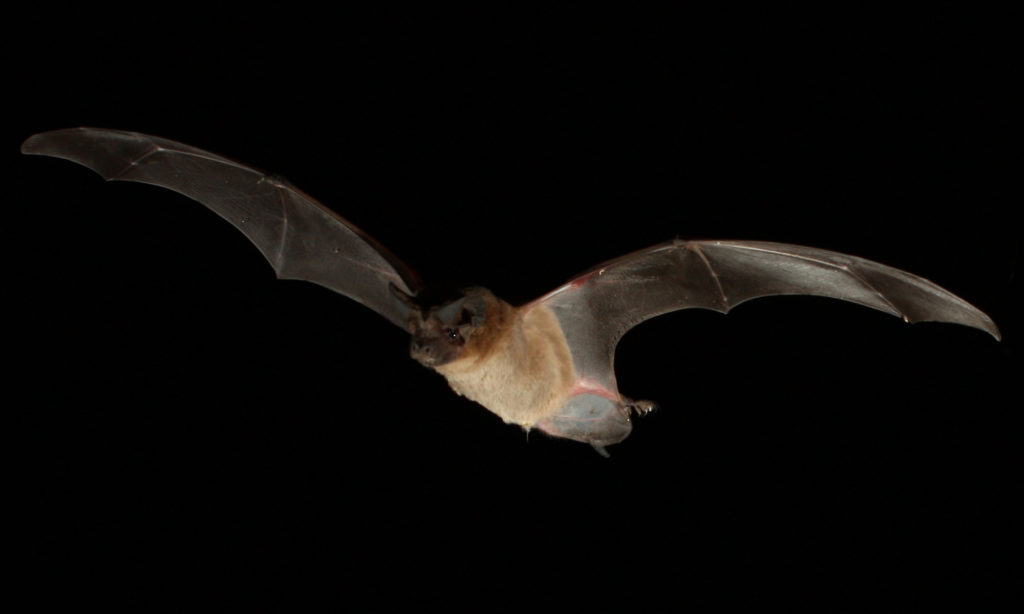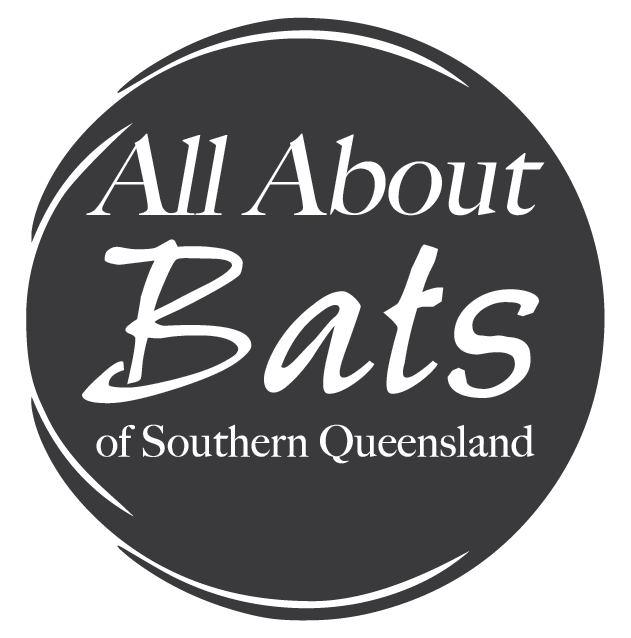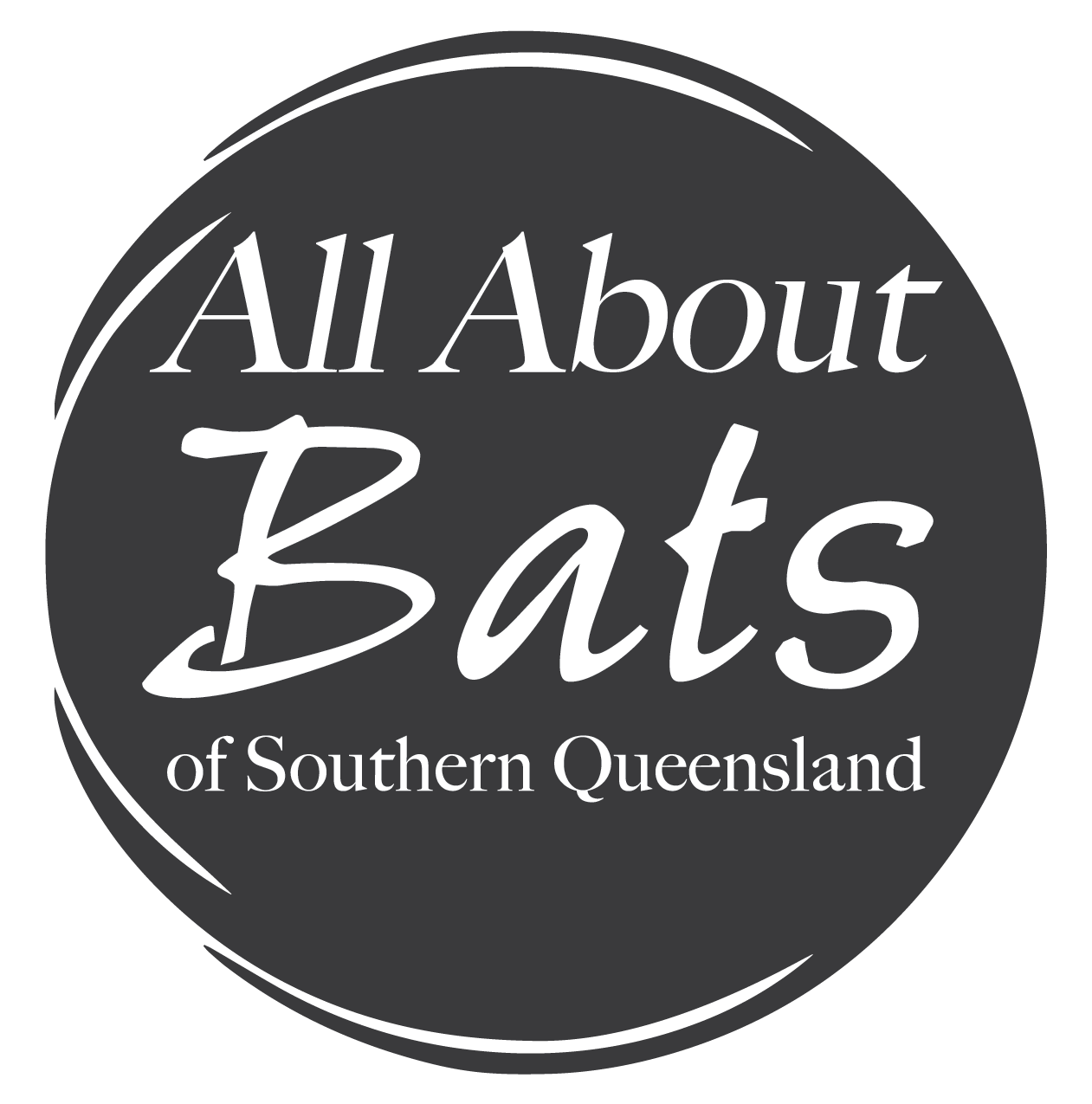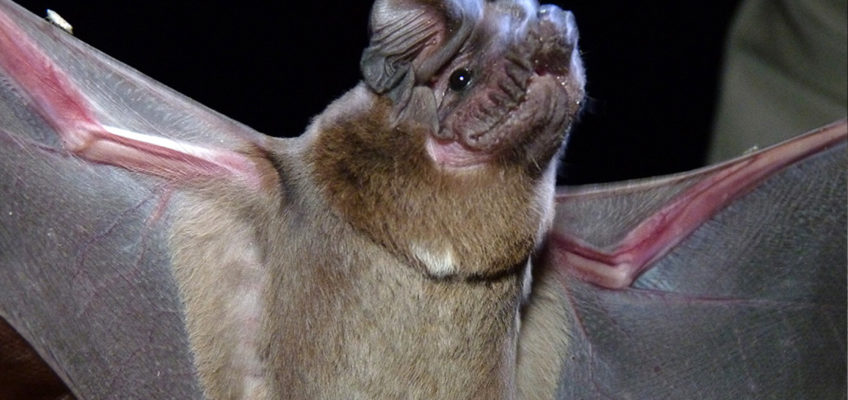Chaerephon jobensis
C. jobensis is the only representative of the genus in Australia. It has large ears that are joined across the top of the head.
It has a pig-like face with large fleshy lips that have a number of verticle wrinkles. The back fur is short and a rich dark reddish brown to smoky black colour, while the belly is a lighter grey-brown. This is one of the few species in Australia whose echolocation is within the range of human hearing.
Habitat
Roost sites are predominantly tree hollows in colonies of 10-15, but they can congregate in caves in their hundreds. Nightly foraging takes place in open air-spaces above the tree canopy as they hunt large numbers of cockroaches, moths, beetles and crickets, but will also seek out mosquitos, lacewings, sawflies and other bugs. Often found foraging close to water, such as mangroves, monsoon forests, paperbark-lined creeks, tall open forest, riverine forests and in river red gums lining dry creek beds. They will also forage over cane fields and other crops in irrigated farmland.
Breeding
Females give birth to a single young in October and November.
Predators and Threats
Pythons, goannas, hawks and owls. Loss of tree hollows, roost disturbance and modified fire regimes.

Photos: Russell Best (top), Michael Pennay (bottom)
Sources:
Churchill, S. (2008) Australian Bats (2nd Edition). Allen and Unwin, Sydney.
Hall, L. (2009) Bats, A Wild Australia Guide. Steve Parish Publishing, Queensland.
Atlas of Living Australia


